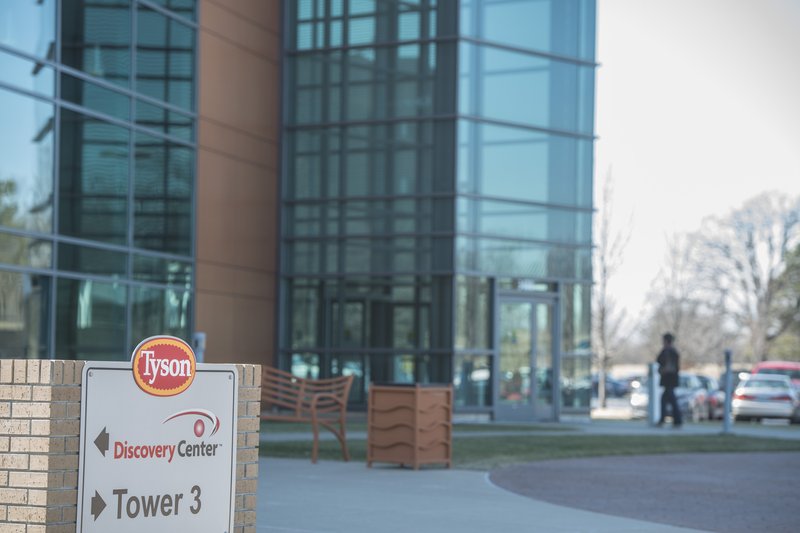Tyson Foods Inc. released a sustainability report on Monday that outlines its goals and work to curb carbon emissions, reduce water use and improve workplace safety and animal welfare practices.
Tyson's 2018 Sustainability Report, Sustaining Our World, Together, gave an overview of the company's efforts to limit its impact on the planet, become a better place to work and develop food products to meet shifting demands.
"Our biggest opportunities for growth are in our value-added and international businesses -- and I'm personally committed to sustainability in these areas and across our company," Noel White, Tyson's president and chief executive officer, said in the report.
The 121-page report focused on Tyson's sustainability commitments, the company's efforts to achieve those goals and how it plans to meet its deadline. It covers activity in fiscal 2018, which ended Sept. 30.
During the period, Tyson worked with World Resources Institute to set a target to reduce greenhouse gas emissions 30% by 2030 across its business. It was later accepted by the Science Based Targets initiative, a coalition of global companies striving to limit their carbon footprints.
Tyson did not report its progress in reducing greenhouse gas emissions.
Tyson is also working with the Environmental Defense Fund on a land stewardship program to "reduce greenhouse gas emissions, improve water quality and maximize farmer profitability," Justin Whitmore, Tyson's executive vice president of alternative proteins and chief sustainability officer, said in the report. Initial tests will be done on 500,000 acres of corn with plans to expand to 2 million acres by 2020.
In addition to environmental efforts, Tyson established and surpassed certain workplace safety and donation goals. Tyson saw a 22% decline in recorded Occupational Safety and Health Administration incidents from fiscal 2017 to 2018, surpassing its 10% reduction goal.
In 2015, the Springdale-based company said it would make charitable donations of $50 million in cash or in-kind donations by 2020. Tyson has contributed $45.9 million in meals and hunger relief donations thus far.
While on track to hit most of its sustainability goals, the report said water use and workforce retention levels are not where Tyson wants them.
Water use levels have decreased 2.96% since 2015, Tyson reported, but it wants to reduce those levels by 12% by 2020.
Tyson had a goal of a 10% increase in employee retention but reported a 5% retention loss from 2017 to 2018. These challenges stemmed from a strong economy and a low U.S. unemployment rate, which made it "increasingly difficult to stabilize our workforce and achieve the desired level of improvement in retention," the company said in the report.
Through third-party audits, Tyson disclosed for the first time six animal welfare indicator scores for chickens, cattle and hogs. All reported higher than 94% except one, for chicken feet, also called paws, which scored 78%.
Quality declines in chicken paws, often sold overseas to Asian countries, can be affected by winter weather. Tyson plans to improve its paws in the winter months by 5% year over year.
In fiscal 2019, Tyson joined the U.N. Global Compact and by doing so, implemented principles that support human rights, labor, the environment and anti-corruption. Throughout the report, Tyson refers to similarities between its goals and the U.N. Sustainable Development Goals.
The challenges Tyson and other companies face to become more sustainable are "massively complex, and include multiple stakeholders including farmers, consumers, retailers, distributors, food processors, scientists" and others, Whitmore said in the report.
"We can only be successful by bringing together this extensive network of partners and focusing on a shared mission," he said.
Business on 05/14/2019

